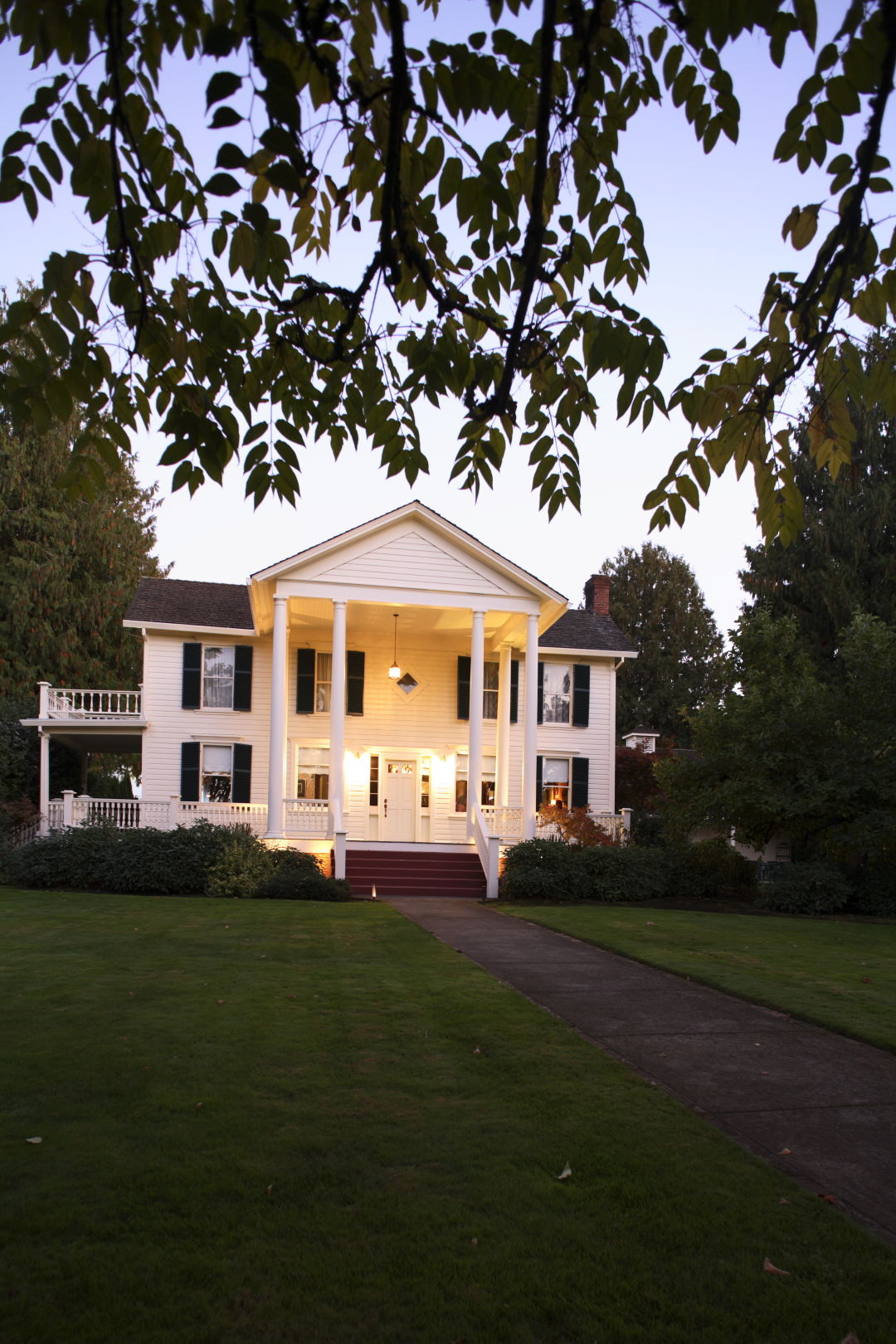Joel Palmer House’s Pandemic Pivots

Joel Palmer House
Image: Courtesy Joel Palmer House
We asked chef-owner Christopher Czarnecki how his family’s wine country fine-dining institution in Dayton was weathering the coronavirus storm. The timing, he says, could have been much worse.
What was it like when everything closed down in March? My first priority was to take care of my full-timers. So we did a gift certificate blast with a little bonus for every $100 spent, and our customers, our regulars, they came through big time. The show of support was just phenomenal. Truth be told, the lockdown could not have happened during a better time of year for us, consistently our two slowest months of the year. The downside was we lost two months of training. Those were going to be the months we brought on some extra people in preparation for the summer, got their feet wet so they could get trained up, but then bam—we hit summertime, full patio, full house, and we didn’t get that time.
How’s it been since you reopened? I didn’t know if people were going to be wanting to stay at home, worried about going out, or be itching to get out the door again. Turns out, people were really itching to go out, because it’s definitely been a total gangbusters summer. It’s been crazy busy. We expanded our patio about a month ago, which added another five tables outside, and somewhere in the next two or three weeks we’ll be adding a tent.
You were à la carte this summer but are switching back to set menus for the fall. Why? I always prefer doing a fixed menu. The amount of prep and training it takes to really have a competent team, it’s hard financially when somebody comes in and they share an appetizer, don’t buy any wine, don’t get any dessert. In anticipation of losing half my indoor dining space I decided to just do the five-course tasting menu, which ends up being more like seven or eight courses by the time it’s all said and done. That way I can focus on making sure my core team in both the front and the back get all the hours they need to live on, and the restaurant can remain successful.




